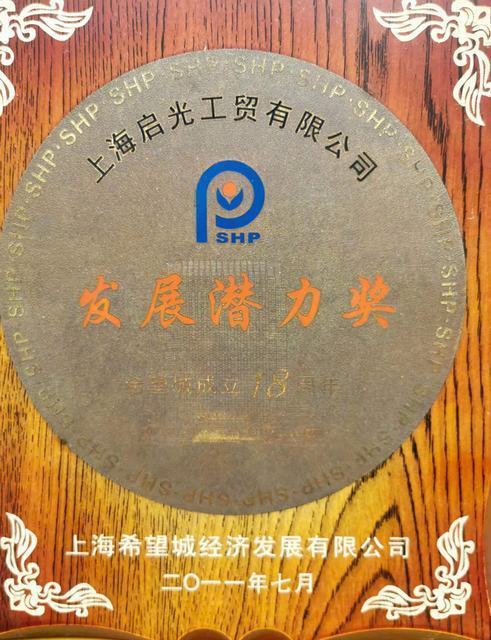Flame-retardant soft foam (flame-retardant sponge) is commonly used in export foam and high-end furniture foam. In the past fourteen years, the physical properties of flame-retardant sponges have gradually transitioned from focusing on the burning time and burning speed of flame-retardant sponges to focusing on the smoke density, thermal weight loss, and oxygen index of flame-retardant sponges. The so-called oxygen index is the value of the concentration of oxygen that causes the flame-retardant sponge to burn, that is, the relationship between the sponge and the oxygen content in the environment where the sponge starts to burn. The unit is %. Generally speaking, it is difficult for polyurethane polyether soft foam to reach an oxygen index of 30% for flame retardancy. . In recent years, environmental protection standards have been added to flame-retardant sponges. The flame retardants used in flame retardant sponges have also changed from halogen flame retardants to environmentally friendly flame retardants, and there is a trend of relying more on melamine (some flame retardant sponges only add melamine).
No matter what flame retardant is used, the physical properties of the sponge will change greatly. For example, the sponge is prone to core burning (the result of the flame retardant promoting the reaction between water and isocyanate). For example, the tensile strength of the flame retardant sponge will become much worse (the flame retardant raw material The result of inhibiting the isocyanate cross-linking reaction), for example, the hardness of the flame-retardant sponge will decrease (the result of the flame-retardant raw materials inhibiting the isocyanate cross-linking reaction). In actual foaming, flame-retardant sponges seem to be more delicate than non-flame-retardant sponges: they are prone to foam breakage or internal cracking (the result of the flame-retardant raw materials inhibiting the isocyanate cross-linking reaction), and the addition of some flame retardants makes the sponges prone to core burning and aging. Slow (the flame retardant promotes the reaction between water and isocyanate and inhibits the cross-linking of isocyanate. This is a contradiction and a difficult balance).
From the situation mentioned above, flame-retardant sponges are relatively fragile compared to non-flame-retardant sponges, both in the sponge starting process and after forming, so be gentle when producing flame-retardant sponges. The dosage of flame retardant is related to sponge density, flame retardant concentration, isocyanate and water dosage. In actual combat, it was found that for sponges with the same density and the same flame retardant content, the softer the foam, the better the fire retardant effect. Flame-retardant silicone oil is used when producing flame-retardant sponges unless there are special circumstances. Although flame-retardant sponges can be produced without flame-retardant silicone oil, flame-retardant silicone oil is more conducive to the dispersion of flame retardants, increasing the flame retardant effect by 10 to 30%.
For the indicator of thermal weight loss in soft foam flame retardant testing, the following measures are conducive to reducing thermal weight loss and meeting the testing standards: adding inorganic stone powder (stone is the most stable), increasing the use of isocyanate (stability of benzene rings), using low Molecular weight polyether (sponges produced with high molecular weight polyethers have poor thermal stability), use MDI or PAPI (polyphenyl rings), the proportion of water and isocyanate in polyether should not be too small (the hard segment of the sponge should not be too small), etc. wait. It can be seen from the above that sponges with too high density are not prone to overheating and weight loss testing standards. High resilience flame retardant sponges are more difficult to pass the thermal weight loss testing than ordinary foam flame retardant sponges. Sponges with a density of 20 to 30 should be compared in various aspects during flame retardant testing. Balanced, this may be the reason why the density of most flame-retardant soft foams is in this range.

The sponge production technology is special. It is one thing to know how to do it, but it is another thing to do it well. The multi-directionality of sponge reaction allows those who know how to do it to do whatever they want, but makes those who are not familiar with it fearful. Our lives are also filled with multi-directional choices and changes.